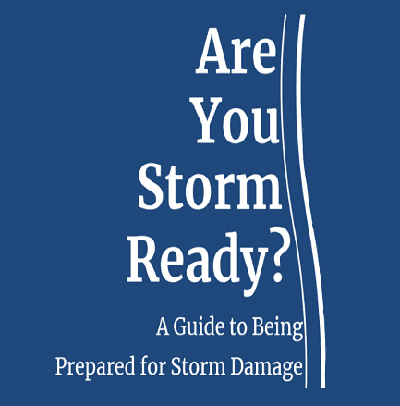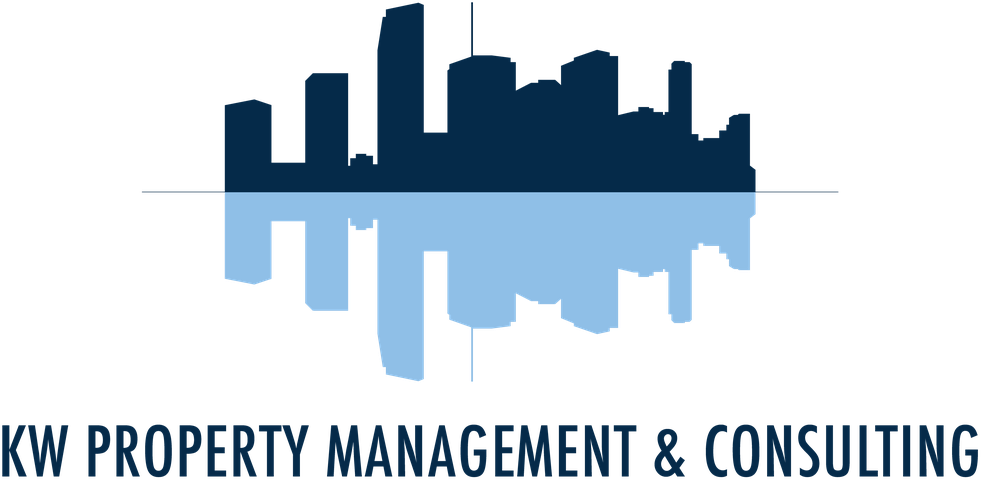
With hurricane season quickly approaching, and as the old saying goes, “chance favors the prepared.” Hurricane season starts on June 1st and extends through November 30th. Here are some tips to help prepare your 2023 hurricane preparedness guide, as well as provide actions that you can take before a hurricane makes landfall. The time is now to prepare your community for every possibility!
First things first:
Make sure that you and your board members know when to sound the alarm. Brush up on your “hurricane terms”:
Hurricane Watch – This is a first notice and means that the eye of a hurricane may threaten within thirty-six (36) hours. Preparations should begin for coping with storm impacts and possible evacuation, if necessary.
Hurricane Warning – This warning indicates that the dangerous effects of a hurricane are expected in a specified area within 24 hours or less.
Storm Surge – This is an abnormal rise in sea level that can accompany a hurricane or other intense storm. A surge can be up to 20 feet high.
Pre-Hurricane Planning
With the help of attorney Jennifer Biletnikoff, here are some best practices gathered by this seasoned attorney over the years working with hundreds of associations pre- and post-storm. Of course, each of the below serve as a part of the KW PROPERTY MANAGEMENT best practices for hurricane season readiness.
Document Everything: Whether you are on the board of directors or a unit owner concerned with how to deal with the insurance company regarding damage to your unit, pre-storm documentation could be key to your claim. I recommend both taking digital pictures (with time/date stamp) and filming the current state of the common elements or unit (and contents), as applicable, at least once per year prior to each hurricane season. Clearly showing the insurance company the condition of your property pre-storm can help shorten negotiation/litigation with the insurer as to what should be paid on the policy following the storm damage. Be sure to not store the pictures/videos only at the condominium property, as they are useless if they are lost to the storm as well.
Emergency Supplies: Verify emergency generators are in working order and have adequate fuel supplies. Stock emergency supplies in a storeroom (flashlights, batteries, water, etc.) for use by residents and employees in the aftermath of a storm. Individual Owners should be encouraged to put together a basic supply kit that includes lightweight, nutrient-dense food, such as protein bars, instant oatmeal, nuts and seeds, and at least one gallon of water per person, per day. Supply kits should also include personal essentials, medication, a first aid kit, emergency blanket, scissors, duct tape, work gloves, towels, and matches, according to the American Red Cross.
Insurance Policies & Agent Details: Ensure all insurance policies are current and coverage is adequate and compliant with State law; full contact details for insurance companies and agents should be readily available in the event of a storm.
Backup Computer Files: Confirm that computer files crucial to running the building and association are backed up to CDs, Portable Storage Devices, and/or Digital Cloud Storage so that the information is able to be accessed from a remote location by board members and key association employees.”
Secure Official Records of the Association: Association records should be stored in a safe place. This includes the governing documents of the association, the association’s minute books, roster of all owners, the association check book and credit cards, rental records (if applicable), documents provided by the developer, employee files, the corporate seal, insurance contracts and related documents, financials, etc.
Create a Committee: Having a committee of owners designated with the task of compiling and distributing the information discussed here is a good way to focus on projects getting timely completed and lists stay current.
Prepare a Hurricane and Disaster Preparedness Plan: Prepare a written “guide” for owners and residents that provides recommended guidelines and checklists so that owners can ensure that their home is properly secured. Adopt a policy that the Association will follow when it comes to notifying owners and residents when watches and warnings have been issued and what actions will be taken by the association (and what actions owners should take) in response.
Emergency Lists: Have current hard-copy and digital-copy reference lists complete with the names of all property owners, emergency contact numbers and details of second residence addresses, as well as a list of all association employees, with full contact details. Make sure all members of the board of directors and all key association employees have copies of these lists. Further, it is a good idea to have a list of contact information for all local emergency response departments. If the association has a website, place the contact information for board members, association employees, and the local emergency response departments on the website.
Vendor Lists: The vendors you trust before a storm should be the first vendors contacted post-storm. This usually includes the following: water damage restoration company, HVAC servicer, electrician, plumber, general contractor, and fire prevention company.
Bank Account Details & Signatories: Keep handy a list of all bank account numbers, branch locations and authorized association signatories. Make contingency plans for back-up signatories in case evacuation or relocation becomes necessary.
Evacuation Routes: Establish clear building or community evacuation routes and be sure that all community members are provided with copies or printouts. These routes should be clearly marked as storms approach.
Pre-Storm Summary: Be proactive in aggregating the information discussed above and flexible in storing the information in multiple formats (hard-copies and digital). Lastly, make sure the information is distributed to multiple people.
After the Storm Passes
No matter how well you plan, hurricanes can, and often do, cause damage to the association property. The following is a list of practical post-storm considerations for dealing with damage to association property.
Within hours of any disaster, affected communities will be besieged with offers by companies and individuals offering disaster recovery assistance. Unfortunately, not all of these companies have the association’s best interest in mind.
Resist contracting with these initial offers until you have done the following:
Once residents are safe, the community should begin surveying the property and assessing the damage. A designated information facilitator should set up a system of information sharing among local homeowners and a disaster coordinator should serve as a liaison to emergency services providers. Document the damage caused (pictures and video, if possible).
Secure your community from acts of vandalism and looting; if needed, hire temporary security guards to keep watch over the community.
Remove storm debris to prevent accidents from occurring on the property. Even though you may be in a hurry to remove debris, contact the association’s legal counsel to review contracts for debris removal.
Secure building structures to mitigate further damage.
Determine needs for immediate reconstruction and evaluate financing options, including advances from insurance companies for construction needs. Beware of any insurance company offering money in exchange for releases or settlements.
Review governing documents, particularly anything related to “repair after casualty” provisions in the insurance section, to establish the process for reconstruction.
Review insurance policies to determine filing requirements for proof of loss forms, and make sure to timely put your insurance agent on notice of claims.
As soon as reasonably possible, meet with licensed professionals familiar with your community, including the following: a) an architect/engineer to assess damage and prepare plans; b) a construction manager to oversee selection of a general contractor and begin a competitive bidding process; and c) an attorney to review insurance policies, governing documents, construction contracts, and any vendor agreements.
Prior to signing, make sure every contract is reviewed by your attorney. Unfortunately, vendors and contractors will swarm the area, offering to help an association to “quickly” recover from the storm. It is important to make sure that your association does not fall prey to an unlicensed contractor that makes promises that are not backed up by a written contract.
Naples-based Jennifer Biletnikoff focuses her practice on all aspects of condominium and homeowners’ association law. She has over 12 years of community association law and general litigation experience. In addition to practicing law with a number of Florida-based firms, Jennifer also spent time as a Senior Attorney with the State of Florida Department of Health. Here, day-to-day legal services were provided to seven county health departments and children’s medical services. State contracts were drafted, reviewed and approved while she oversaw and directed EEOC investigations. Prior to her legal career, she acted as the Head of Special Education at Richardson Independent Schools in Dallas, Texas. To reach Jennifer, contact jb**********@***********rs.com or call her at 239-552-3200.
